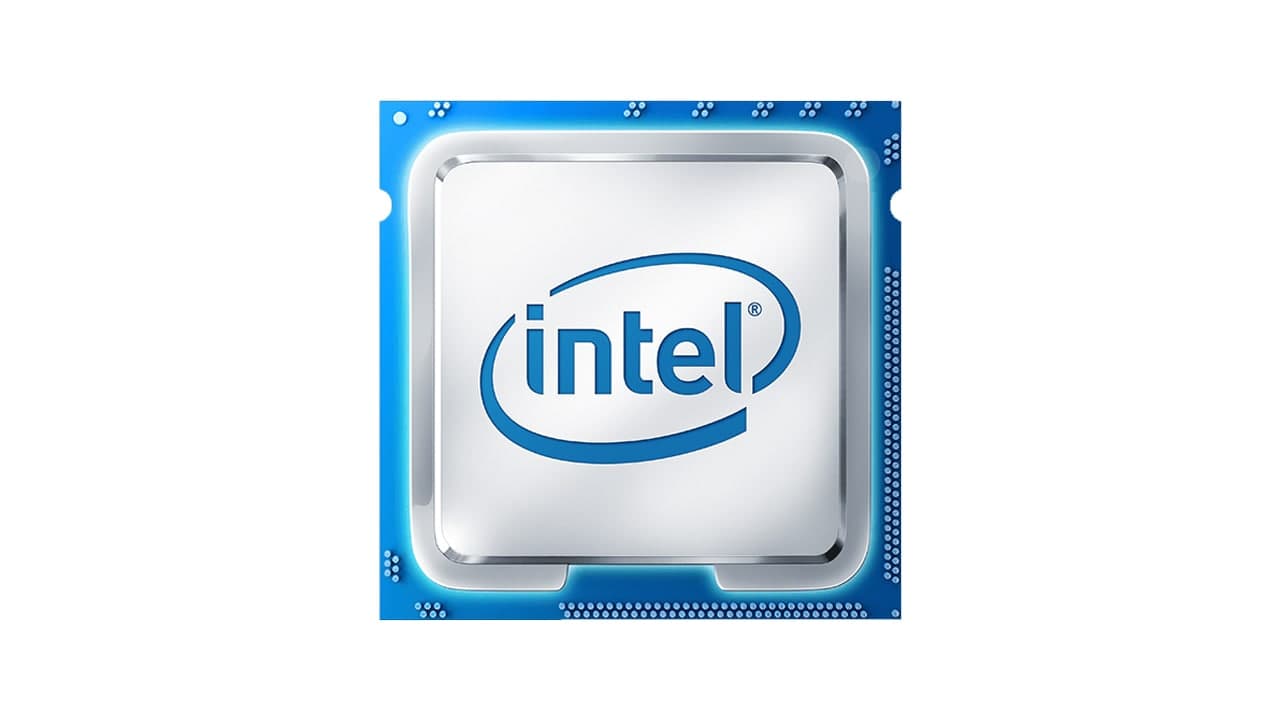Intel recently revealed that in the three years from 2017 to 2020, their 14-nanometer and 10-nanometer production capacity has doubled, and demand is still in short supply.
Keyvan Esfarjani, Intel’s senior vice president and general manager of manufacturing and operations, said, “In the past three years, our wafer production capacity has doubled. This is a huge investment. We will not stop and will continue to move forward. Go, we will continue to invest in fab capacity to ensure that we can meet the growing needs of our customers.”
Intel’s production capacity is now focused on 14nm and 10nm. The 10nm process was mass-produced for the first time last year, and this year the second largest 10nm SuperFin process was mass-produced. It is known as the generation process with the largest performance improvement in a single node, mainly in Oregon. , Arizona and Israel’s wafer fabs.
10nm is obviously the focus of the next year or two and will exceed 14nm production capacity in 2021 to become Intel’s main force, but before that, 14nm technology will continue to receive investment.

Starting from the mass production of Skylake processors in 2015, Intel’s 14nm process has been mass-produced for 5 years, which is the longest-lived process in Intel’s history. If you count the immature Broadwell processors in 2014, the mass production time is 6 Years, and it will not be eliminated in the next one or two years.
There is no reason why Intel prefers 14nm so much. Ann B. Kelleher, Intel’s senior vice president of technology development and general manager, explained before that the 14nm process has the best performance and productivity, which is better than what she has seen in the 24 years of working at Intel. All craftsmanship must be good.
(Source)








